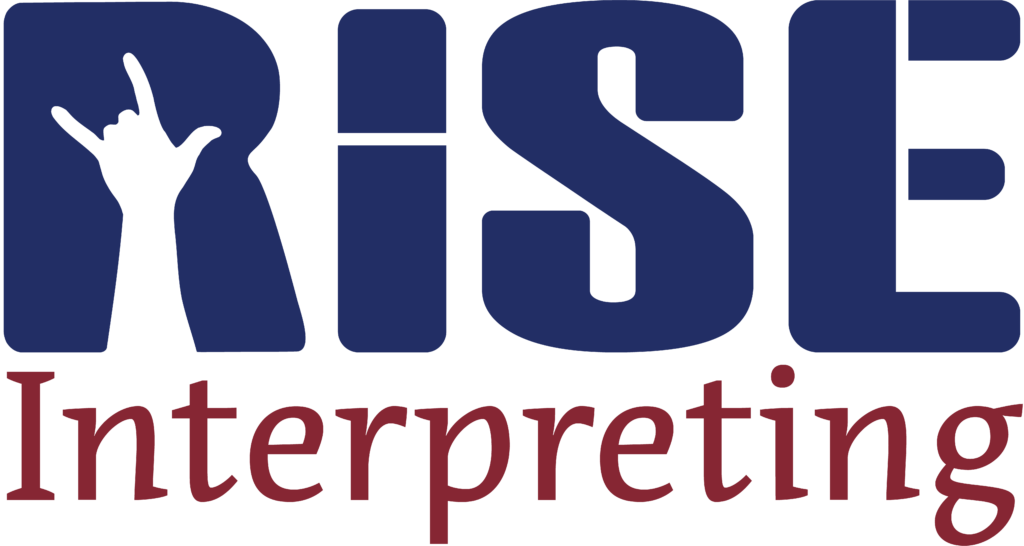Interpreting requires significant mental focus, and sign language interpreting adds a physical toll to an already intensive task as interpreters use their hands, arms, facial expressions, and body movements to communicate. That’s why, both for accuracy and for the well-being of the interpreters, two ASL interpreters often work as a team to interpret for one event or meeting.
Having two interpreters can help reduce frustration and miscommunication while demonstrating to your client that you’re committed to accurately representing their voice. Read below to learn more about special circumstances where you may want to request more than one interpreter.
Highly Technical Situations
Even the best interpreters need practice and rest in order to provide high-level interpreting. Unsurprisingly, interpreting is an intense exercise for both the brain and hands. Interpreting in a technical situation such as a legal setting, college course, or specialized training can easily tire out even native ASL signers.
Additionally, interpreters who work in technical settings often lack the ability to fully describe procedures or other important information. This is because there are often no direct translations for medical terms, so the interpreter is left trying to fingerspell and describe to the best of their ability.
When you’re trying to converse in a technical setting such as a doctor’s appointment, college class, legal discussions, or work environment, it may be beneficial to ask for a second interpreter who can assist by maintaining the quality and accuracy of the interpreting service.
Communications Longer Than 90 Minutes
Another circumstance where your business may want to consider using a second interpreter is when an expected translation will last longer than 90 minutes. As noted before, even the best translators will start to tire during long interpreting sessions.
Using two interpreters helps everyone because it gives the interpreters time to rest and provides the communicating parties a more accurate translation. The quality of the interpretation increases when there are multiple interpreters because they keep one another accountable for accuracy.
Having two interpreters means that they can take turns actively translating, reducing the mental and physical fatigue and, in turn, the chance of omissions or mistakes.
Additionally, many sign language interpreters suffer from chronic pain such as carpal tunnel syndrome or tendonitis from repetitive signing. This pain can get in the way of their interpreting, so having two interpreters helps give them both a much-needed break during long sessions and helps prevent negative health effects in the long run.
Language-Specific Situations
One of the most important times to have multiple interpreters is when you are involved in a language-specific circumstance where every single word matters. For example, you would want to have multiple interpreters when giving a statement for police, speaking in court, or discussing legal matters with a lawyer.
These important settings call for two qualified interpreters because they will make sure that your words are translated exactly. In these situations, you don’t want to take a chance with just one interpreter. Having two interpreters will help your customers feel better heard and understood, and reduce the chance of a mistranslation.
Contact your local ASL interpreting service to learn more about how having multiple interpreters can help in the translation process.


